A floating structure aims to pull plastic from the world’s oceans
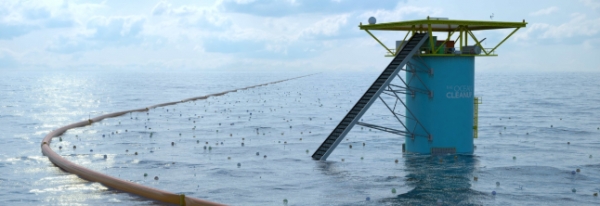
The project’s next big target is the obliteration of the Great Pacific Garbage Patch
The project’s next big target is the obliteration of the Great Pacific Garbage Patch
Boyan Slat founded ‘The Ocean Cleanup’ in 2013, when he was just 19-years old. After diving in Greece, and coming across more plastic bags than fish, he wondered: "Why can't we clean this up?" As part of a school assignment, he conducted a fundamental research regarding plastic pollution, sampling sea water to estimate the concentration of small plastic particles and calculate to which depth the ocean surface should be cleaned. His aim was to collect scientific data on the volume of plastics that should be moved out of the oceans. With the help of some professors from the University of Delft, Utrecht and Hawaii, they estimated there will be 7.25 million tons of extractable plastic in 2020 in the top layers of the 5 gyres where most of it concentrates! To address this issue, he envisioned a network of long floating barriers, which would allow the ocean currents to passively gather the plastic. Once the plastic is concentrated at a central point, it can be collected for recycling. The project’s crowd-funding campaign raised $ 2.2million in 100 days.

Plastic concentrates in five rotating currents, called gyres (Photo courtesy: The Ocean Cleanup)
How it works
Floating barriers (attached to the seabed) are placed along currents where trash concentrates. Their scalable array will funnel plastics towards the center of the structure, enabling a central platform to efficiently extract and store the concentrated plastic until it is transported to land for recycling.
According to Slat, Pacific Ocean could be cleaned in just 20 years. His idea was to deploy 100 kilometers of passive floating barriers in an effort to clean up 42% of the Great Pacific Garbage Patch’s plastic pollution in 10 years. ‘The thing is, what we’re trying to achieve has never been done before’, Slat says. ‘It’s 100 times bigger than anything that’s ever been deployed in the ocean. It’s 50% deeper, and 10 times more remote than the world’s most remote oil rig. So obviously there [are] technical challenges’. The project will begin in 2020.
Model and prototype testing
Since 2014, Slat and his team have deployed two scale model tests, called Deltares and Marin, at water research centers. Based on the scale tests, the team is trying to better understand and model how the structure will react to the wind, waves and currents it will experience in the open ocean, and how plastic will behave. A prototype testing is scheduled to take place in the North Sea this summer. A 100-meter segment – or about 1/1000th of the planned array – will be set up about 20 kilometers off shore. Early next year, the team plans to deploy a pilot off the coast of the Japanese island Tsushima, in the Korea Strait. Slat says he chose the location because of the large quantities of accumulated plastic due to ocean currents.
Media
Want to read more like this story?

The plastic pollution problem in charts
Dec, 11, 2017 | NewsThe total volume of all plastic ever produced has been calculated at 8.3 bn tonnes (the equival...
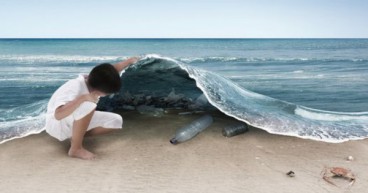
By 2050, there could be more plastics than fish in the oceans!
Mar, 04, 2016 | NewsIn a business-as-usual scenario, the ocean is expected to contain 1 ton of plastic for every 3 tons...

First-ever aerial survey of the ‘Great Pacific garbage patch’ shows the problem is worse than we thought
Oct, 12, 2016 | NewsThe density of the trash is growing so fast that the patch is becoming visible from space The den...
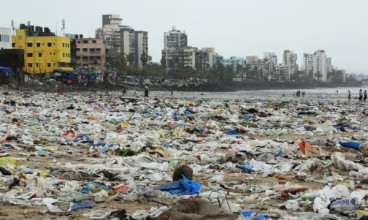
Indonesia pledges $1 billion annually to tackle ocean pollution
Mar, 22, 2017 | NewsThe country is the second largest plastic polluter in the world after China The country is the se...
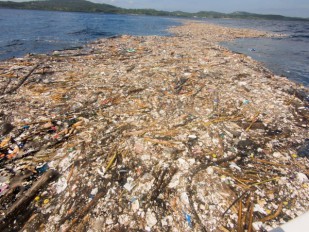
Plastic pollution: This has to stop
Nov, 01, 2017 | NewsWe are using enormous quantities of single use plastics, with many of them ending up in the ocean W...
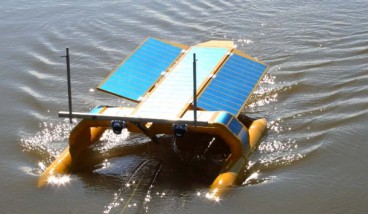
Solar-powered robotic vessel could vacuum plastic waste out of the ocean
Mar, 15, 2016 | NewsIt is called Seavax and could collect from deadly micro particles to huge fishing nets! It is cal...
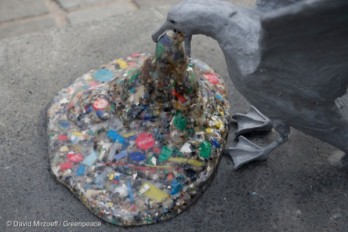
A sculpture outside London’s National Theater highlights the issue of plastic pollution in our oceans
Apr, 26, 2017 | NewsThe work of the renowned marine sculptor Jason deCaires Taylor is called ‘Plasticide’...
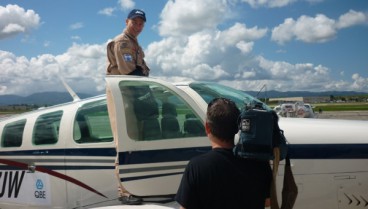
A light aircraft flew more than 500 miles using fuel partially originated from plastic waste
Mar, 08, 2017 | NewsThe initiative ‘On Wings of Waste’ aims to raise awareness about plastic waste recycling...

Want to start your own business? Try a plastic recycling workshop!
Apr, 18, 2016 | NewsA 28-year old Dutch has developed machines to recycle plastic, and their blueprints are free on line...
Trending

Vertical gardens in Mexico City to combat pollution

Characteristics of Load Bearing Masonry Construction

Taipei 101’s impressive tuned mass damper

Saudi Park Closed After 360 Big Pendulum Ride Crashes to Ground, 23 injured

Dutch greenhouses have revolutionized modern farming

Federal court rules Biden’s offshore drilling ban unlawful


